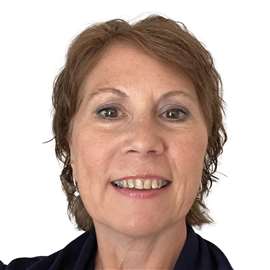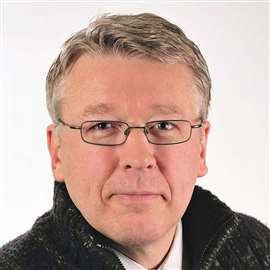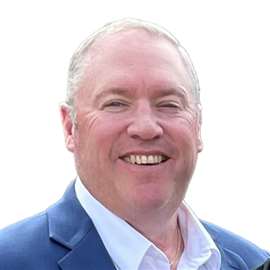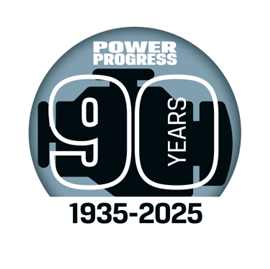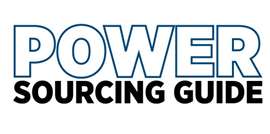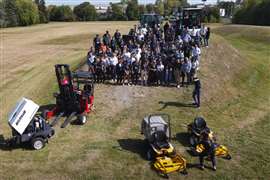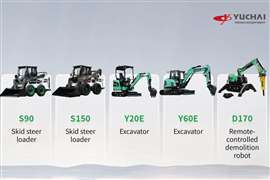Read this article in French German Italian Portuguese Spanish
Scania buses to get new e-machine, battery, charging options
12 March 2025
Four power options now available, plus an integrated two- or four-speed gearbox.
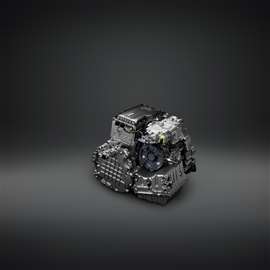 Scania’s e-machine is a complete compact drive device, consisting of electric motor, inverter, gearbox and oil system. (Illustration: Scania)
Scania’s e-machine is a complete compact drive device, consisting of electric motor, inverter, gearbox and oil system. (Illustration: Scania)
Scania said it has taken significant step forward with its e-mobility offering by launching a new extended and more efficient e-machine for its battery-electric bus platform. The company said the new e-machine has several power options to choose from, in order to suit various operating assignments and conditions, giving it more flexibility than the previous single power option.
“We know that bus operators face the push-pull effect of responding to emission regulations while striving to meet the specific demands of electric operations. Power needs, flexibility, charging time, energy efficiency and operational range are some of the key factors,” said Anna Ställberg, Head of Urban Solutions for People Transport Solutions at Scania Group, Södertälje, Sweden.
“The new e-machine, battery and charging options have been developed and are being introduced with our customers’ challenges in mind, and respond to both their and our sustainability goals.”
The customer can now choose between four different power options: 240 kW, 270 kW, 300 kW and 330 kW. There is also a two or four-speed gearbox, which improves the energy efficiency of the bus as well as its startability and acceleration, allowing it to move off smoothly and efficiently even under challenging conditions such as hills or heavy duty operations. The e-machine compliant with the latest cyber security legislation.
 Scania’s second charging interface at the bus’s rear is available for a higher charging power of 325 kW with up to 500 A to help reduce charging time. (Illustration: Scania)
Scania’s second charging interface at the bus’s rear is available for a higher charging power of 325 kW with up to 500 A to help reduce charging time. (Illustration: Scania)
Scania also introduced a three-battery pack option with 312 kWh of installed energy, as well as a second charging interface at the rear of its buses, which the company said gives customers the chance to specify by themselves or, with Scania’s help set up the buses according to their particular needs. The rear interface is available for higher charging power of 325 kW with up to 500 A, compared with the current front charging position’s 130 kW with up to 200 A of charging power. This higher rate significantly reduces charging time, thus increasing the availability of the bus for operation.
The new e-machine is not just an engine or generator but an entire compact drive device, consisting of electric motor, inverter, gearbox and oil system. The motor transforms the electric energy stored in the battery into mechanical energy, creating torque, while the inverter transforms the direct current voltage from the battery into a three-phase alternating current. This converted power is then fed to the electric machine, enabling it to effectively control and adjust both speed and torque. There is also a single oil system with two oil pumps, which cools the e-machine and lubricates the gearbox.
POWER SOURCING GUIDE
The trusted reference and buyer’s guide for 83 years
The original “desktop search engine,” guiding nearly 10,000 users in more than 90 countries it is the primary reference for specifications and details on all the components that go into engine systems.
Visit Now
STAY CONNECTED




Receive the information you need when you need it through our world-leading magazines, newsletters and daily briefings.
CONNECT WITH THE TEAM
